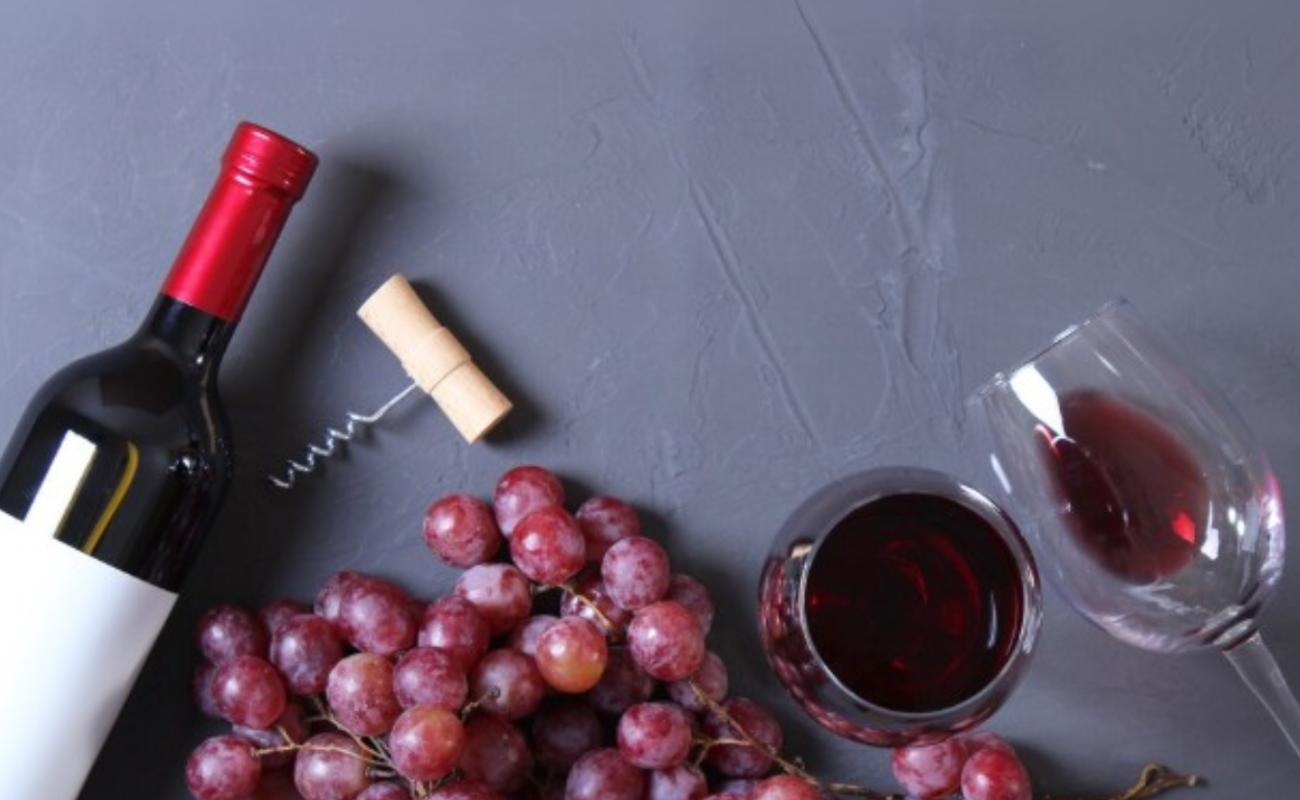
Red Wine Guide That Will Flip How You Choose Your Bottle
Red wine is more than just a drink — it’s a blend of tradition, skill, and nature. Every bottle holds the taste of the land where the grapes grew and the care of the people who made it. Its rich color and deep flavors have made it a favorite for centuries. In this guide, we’ll walk you through the basics of red wine — styles of red wine, shades, production — so you can appreciate every sip with confidence. Whether you’re hosting a dinner party or enjoying a quiet evening at home, the right red wine can make all the difference.
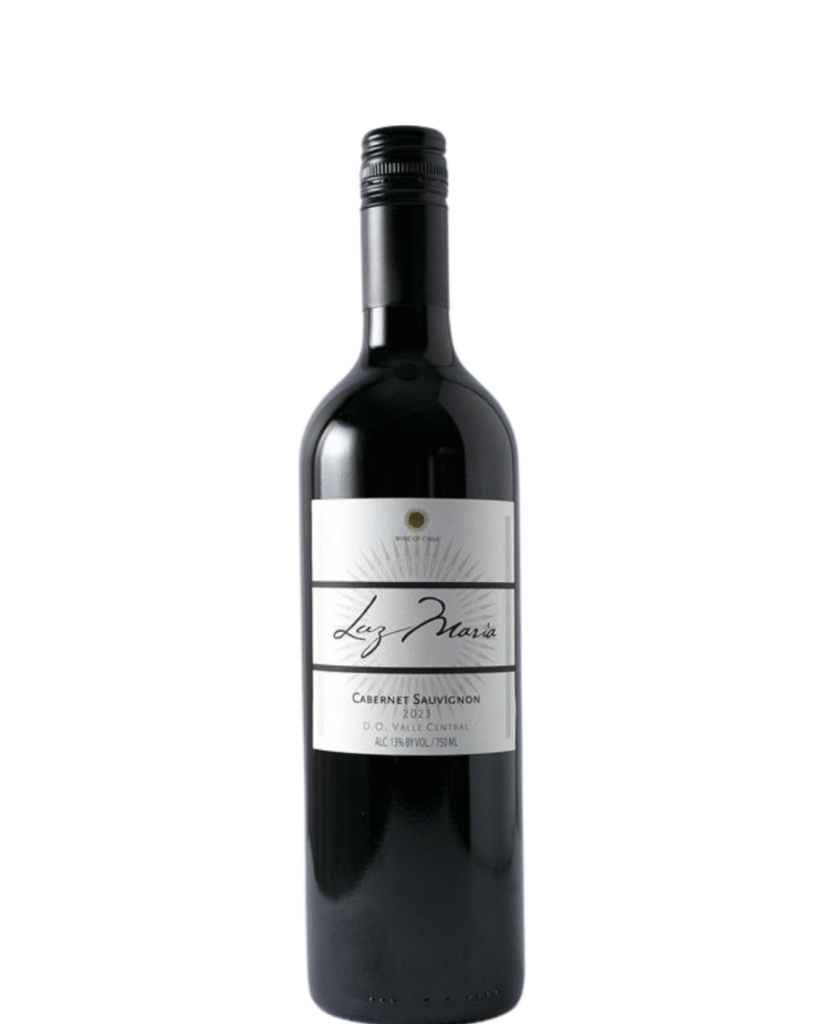

Styles of red wine
The world of red wine is incredibly diverse. There are several styles, each offering a unique taste experience, from lighter-bodied wines to full-bodied reds with intense flavors. Here’s a breakdown of the main styles of red wine:
- Light-Bodied Red Wines
Light-bodied red wines are perfect for those who enjoy a more delicate wine with fresh fruit flavors and lower tannins. These wines are versatile and go well with lighter meals like poultry, salads, and seafood.
Examples:
- Pinot Noir: Known for its subtlety, Pinot Noir has soft tannins and flavors like cherry, raspberry, and earthy undertones.
- Gamay: Often associated with Beaujolais wines, Gamay is light, fresh, and fruity.
Luz Maria Merlot Red Wine is a prime example of a light-bodied wine, offering soft tannins and a smooth finish that pairs well with grilled vegetables or mild cheeses.
- Medium-Bodied Red Wines
Medium-bodied red wines strike a balance between fruit and structure. They tend to have moderate tannins and acidity, making them great for a variety of dishes, from roasted meats to pasta dishes.
Examples:
- Merlot: Known for its round texture and flavors of plum, black cherry, and chocolate. Luz Maria Merlot Red Wine offers a soft, velvety mouthfeel with just the right amount of fruitiness.
- Zinfandel: Often full of dark fruit and peppery notes, Zinfandel offers a spicier and slightly bolder flavor profile.
- Full-Bodied Red Wines
Full-bodied red wines are rich and intense, with higher alcohol content and tannins. These wines are often more complex and develop richer flavors with age. Full-bodied red wines are perfect for pairing with rich, flavorful dishes like steaks, roasts, and barbecued meats.
Examples:
- Cabernet Sauvignon: One of the most iconic full-bodied red wines, Cabernet Sauvignon has bold flavors of blackcurrant, blackberry, and oak. Merryvale Napa Valley Cabernet Sauvignon Red Wine is a great example, offering a powerful structure and rich fruit flavors.
- Syrah/Shiraz: Known for its spicy and peppery notes, Syrah is perfect for pairing with grilled meats and bold dishes.
Ironstone Petite Sirah Red Wine is another excellent choice for those who prefer bold, full-bodied wines. With its deep, dark color and full tannins, it offers rich flavors of blackberry, plum, and a hint of spice.
3 Facts About Red Wine
- Red Wine Gets Its Color From Grape Skins
The deep red wine color we associate with red wine comes from the grape skins. During fermentation, the skins release anthocyanins, the pigments responsible for the red, purple, and blue hues in the wine. The longer the skins remain in contact with the juice, the more intense the color. For instance, wines like Merryvale Napa Valley Cabernet Sauvignon Red Wine typically feature rich, deep colors, reflecting their full-bodied nature.
- Red Wine Can Improve With Age
Many red wines, especially full-bodied types like Ironstone Petite Sirah Red Wine, are known for their aging potential. With time, the tannins soften, and the wine develops a more complex bouquet of aromas and flavors, making it an excellent choice for long-term cellaring.
- Red Wine Varieties Offer Different Tasting Notes
From fruity to spicy, red wines come in a variety of flavors depending on the grape variety. For example, Luz Maria Merlot Red Wine offers a softer, fruit-driven flavor profile with smooth tannins, while Barone Ricasoli Chianti DOCG Red Wine boasts vibrant acidity and earthy notes, typical of Italian wines.
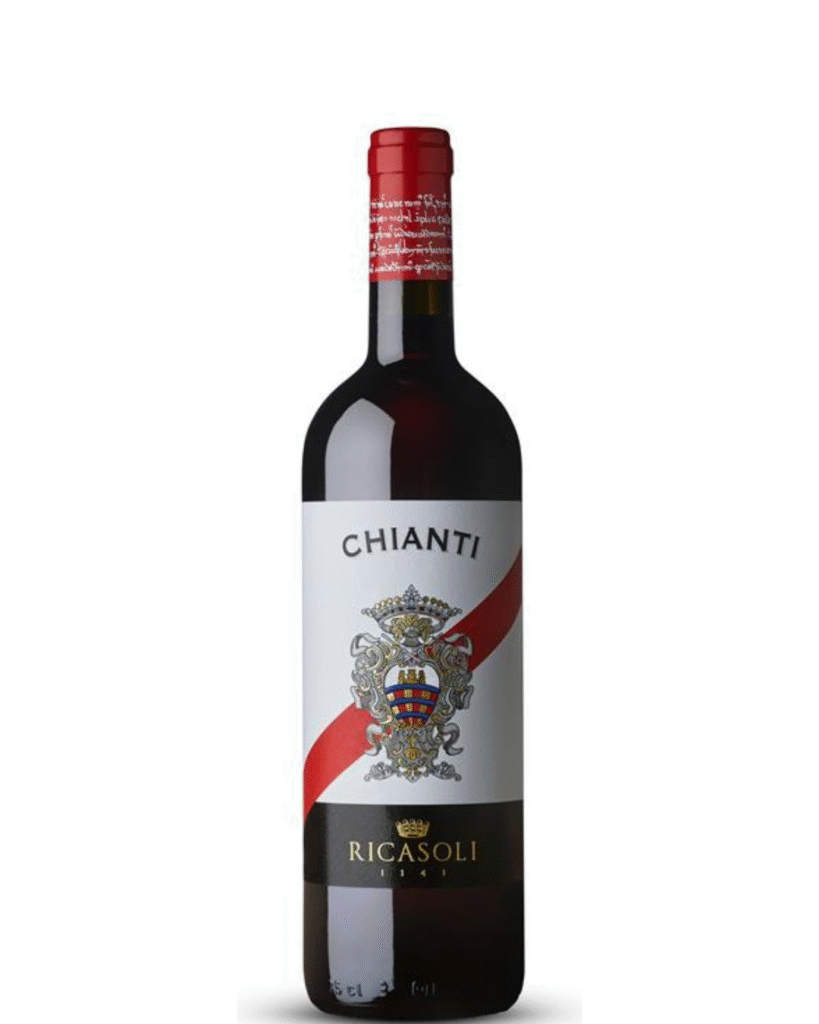
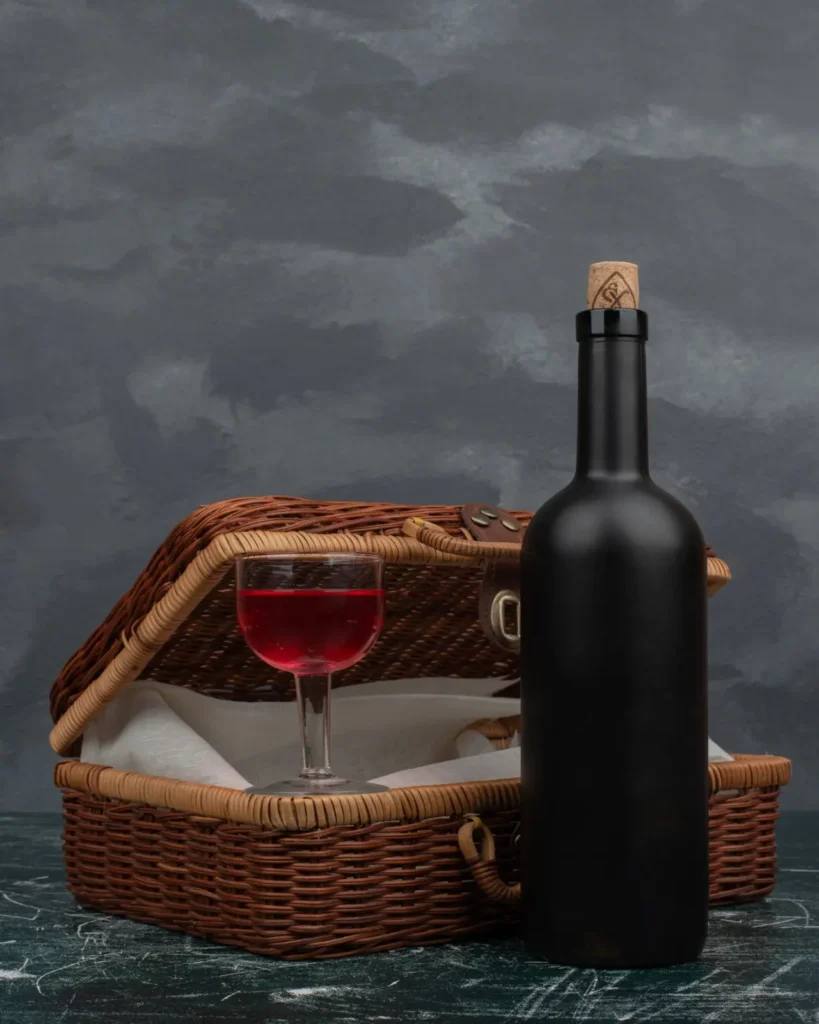
Shades of Red Wine
The red wine color can range from light ruby red to deep purple, and each shade corresponds to the style, age, and grape variety. Here’s a guide to understanding the different shades of red wine:
- Ruby Red
Ruby red wines are usually young and vibrant. They have a bright, clear appearance and often feature fresh fruit flavors. These wines are best enjoyed young, as they tend to lose their freshness over time.
Examples:
- Pinot Noir
- Gamay
- Garnet Red
Garnet red wines are deeper in color, with rich, complex flavors that often develop as the wine ages. These wines have a fuller body than ruby reds and are known for their elegant profiles.
Examples:
- Merlot
- Sangiovese
- Opaque Purple/Black
The darkest of red wines, these wines often have high tannin levels and bold, intense flavors. The red wine color in this category is deep and opaque, often indicating a full-bodied style.
Examples:
- Cabernet Sauvignon
- Syrah/Shiraz
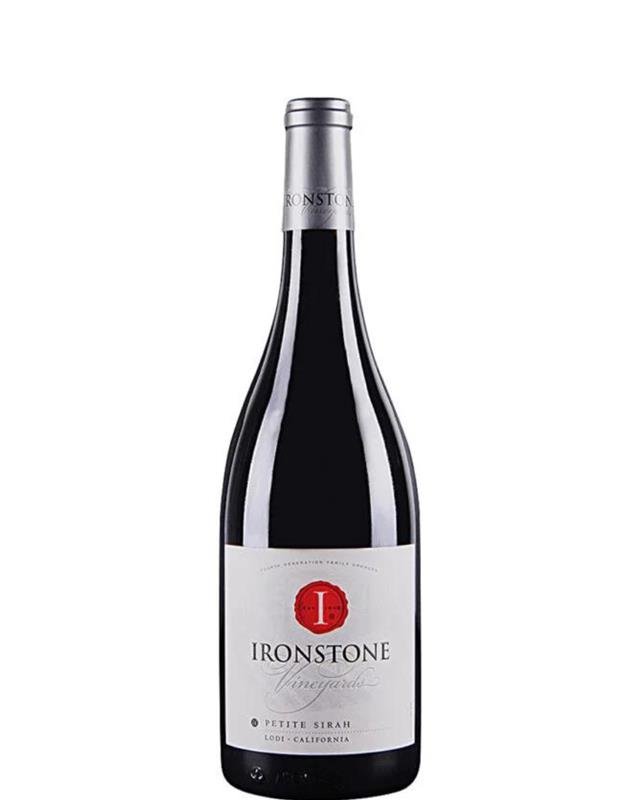
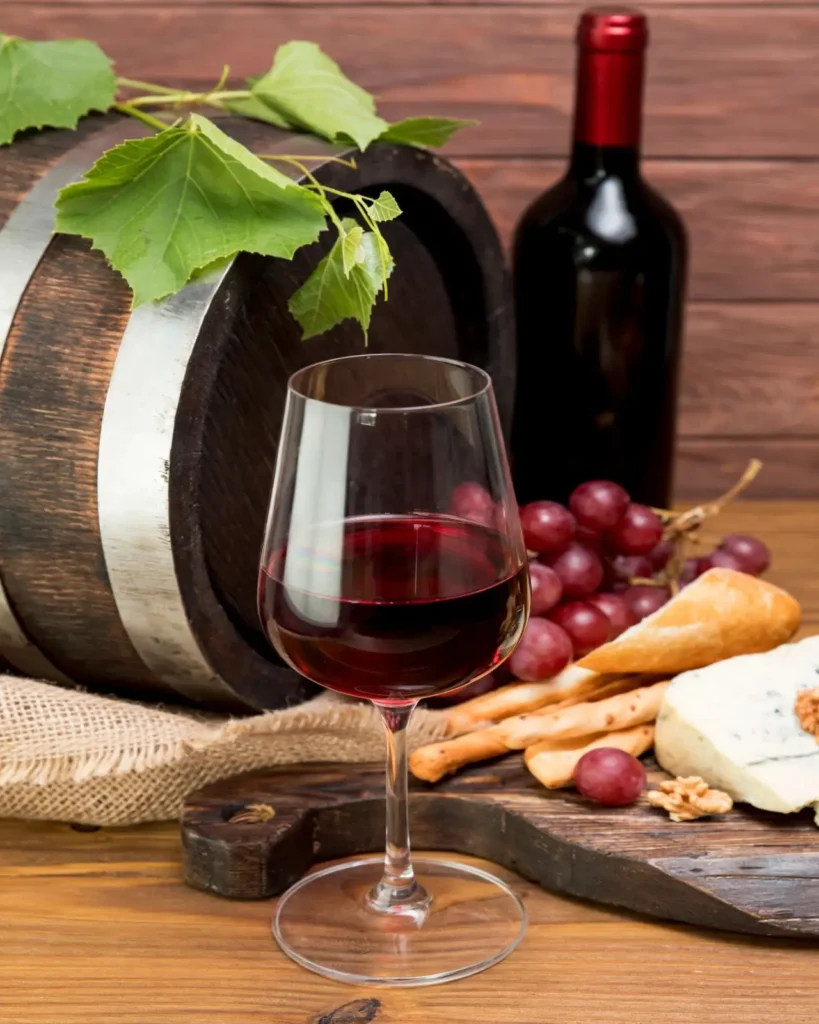
How Red Wine Is Produced
Red wine production is a careful and meticulous process that influences both the red wine color and the final taste. Let’s look at the key steps involved in making red wine:
- Harvesting the Grapes
The first step in red wine production is harvesting the grapes at the right time. Grapes are typically handpicked to ensure only the best quality fruit is used. The timing of the harvest can dramatically affect the flavor profile of the wine.
- Crushing and Fermentation
Once harvested, the grapes are crushed to release their juice. The juice is then fermented, where yeast is added to convert the sugars into alcohol. The fermentation process also allows the wine to take on its signature red wine color as the skins, seeds, and stems stay in contact with the juice.
- Aging
After fermentation, the wine is aged to enhance its complexity. Aging can take place in stainless steel, concrete, or oak barrels. Oak barrels impart flavors of vanilla, spice, and smokiness, which add richness to the wine’s profile. For instance, Merryvale Napa Valley Cabernet Sauvignon Red Wine is aged in oak barrels, giving it depth and structure that pairs beautifully with hearty dishes.
- Bottling
Once the wine has aged to perfection, it’s filtered, bottled, and ready for sale. Some wines, like Barone Ricasoli Chianti DOCG Red Wine, are designed for immediate consumption, while others benefit from further aging in the bottle.
Choosing the Best Red Wine
Choosing the right red wine requires careful consideration of several factors, including the meal you’re serving, the occasion, and your personal taste preferences. Here’s how to select the best red wine for any situation:
- Pairing with Food
When choosing a red wine, think about what you’re serving. Light-bodied wines like Luz Maria Merlot Red Wine pair well with chicken or vegetable dishes, while fuller-bodied wines like Ironstone Petite Sirah Red Wine are perfect for richer meats such as steak and lamb.
- Consider the Occasion
Different wines work better for different occasions. For formal dinners, a sophisticated wine like Merryvale Napa Valley Cabernet Sauvignon Red Wine will impress your guests. For casual gatherings, a more approachable wine like Barone Ricasoli Chianti DOCG Red Wine might be the perfect fit.
- Know Your Preferences
Each person has different preferences when it comes to wine. Some prefer the fruity and light qualities of wines like Pinot Noir, while others enjoy the bold, spicy flavors found in Syrah/Shiraz. Knowing your taste profile will help you pick the right bottle every time.
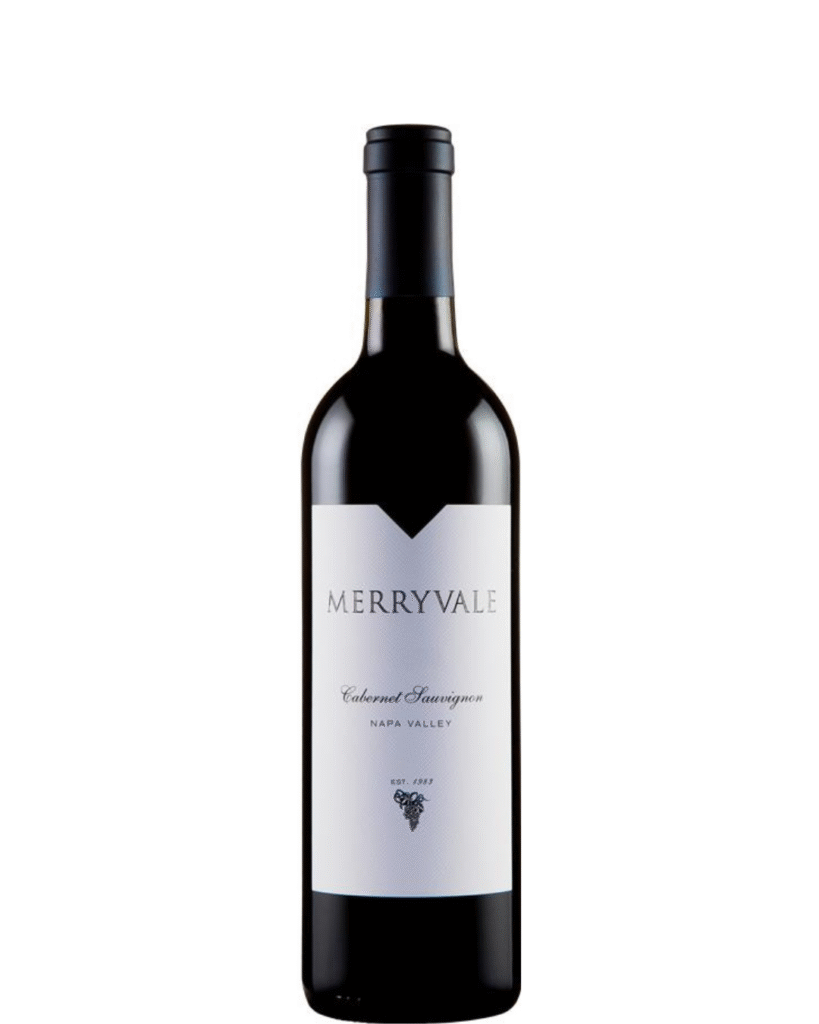
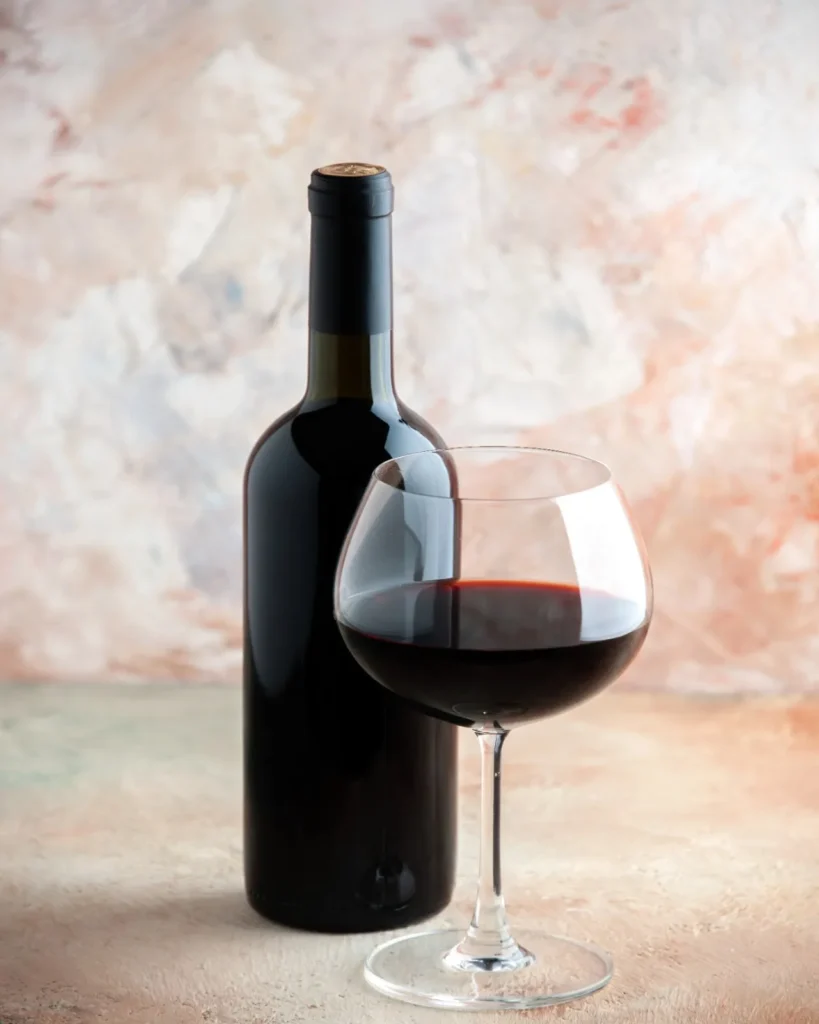
Conclusion
This red wine guide has provided you with the knowledge to choose the right bottle for any occasion, from understanding the red wine color to selecting the best red wine in India. Whether you’re enjoying a bottle of Merryvale Napa Valley Cabernet Sauvignon Red Wine with a hearty steak or a glass of Luz Maria Merlot Red Wine with a delicate pasta dish, knowing what to look for will ensure a perfect pairing every time. Explore the world of red wine, experiment with different styles, and discover what suits your tastes best!
FAQs
- What’s the difference between red wine and white wine?
Red wine is made from dark-colored grape varieties and is fermented with the grape skins, giving it its characteristic color and tannin structure. White wine, on the other hand, is made from green or yellow grapes and is fermented without the skins, resulting in a lighter flavor profile.
- What’s the ideal serving temperature for red wine?
Red wine is best served slightly cooler than room temperature, usually between 60-65°F (15-18°C). Lighter reds like Pinot Noir can be served slightly cooler, while fuller reds like Cabernet Sauvignon benefit from being closer to 65°F.
- How do I pick the best red wine for my taste?
The best red wine for you depends on your flavor preferences. If you enjoy smooth and fruity flavors, go for a Pinot Noir or Merlot. If you prefer bold, full-bodied wines, opt for Cabernet Sauvignon or Syrah.
- Why does red wine taste different from one bottle to the next?
Red wine’s taste can vary due to several factors, including the grape variety, the region it’s grown in, the winemaking process, and the aging method. Different climates, soil types, and vineyard techniques all contribute to the flavor profile.
- How can I tell if a red wine is good quality?
Quality red wine typically has balance, with a good mix of acidity, tannin, alcohol, and fruit. Look for complexity in its flavors and aromas, and choose wines from reputable regions or wineries. A good wine should also have a clean, lingering finish.
- What food should I pair with red wine?
Red wine pairs best with rich, flavorful foods. Lighter reds like Pinot Noir go well with chicken or pork, while fuller reds like Cabernet Sauvignon pair perfectly with steaks, grilled meats, or hard cheeses.
- How long can I age a bottle of red wine before it’s too old?
Most red wines are made to be enjoyed within 3-10 years of bottling. However, some wines, like Bordeaux or Barolo, can improve with age and may last 20+ years. Always check the wine’s label or consult with a sommelier for aging potential.
- What makes a red wine “full-bodied” or “light-bodied”?
A wine is considered full-bodied when it has a higher alcohol content, more tannins, and a richer, more intense flavor. Lighter-bodied wines have lower alcohol content, less tannin, and a more subtle taste.
-
 When Calendar Slows and White Wines Fit the New Year Rhythm
When Calendar Slows and White Wines Fit the New Year Rhythm -
 Cozy Comfort of New Year Evenings kept with Aged Scotch
Cozy Comfort of New Year Evenings kept with Aged Scotch -
 Gin Stations Unite Guests for a New Year Bash
Gin Stations Unite Guests for a New Year Bash -
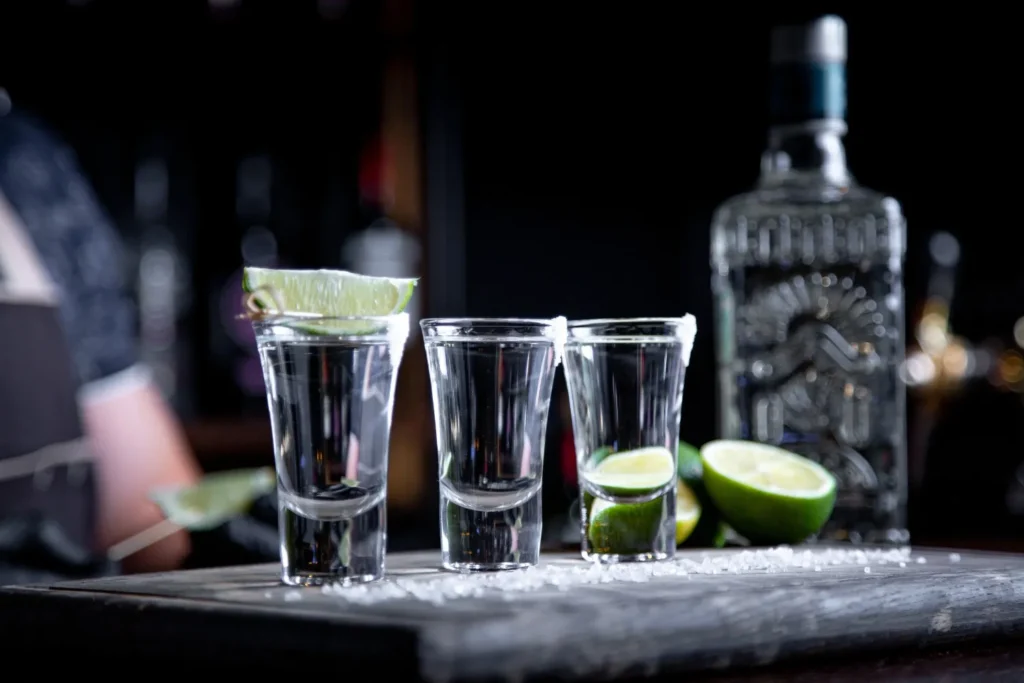 The Perfect Vodka Toast for Every Minute of Midnight
The Perfect Vodka Toast for Every Minute of Midnight -
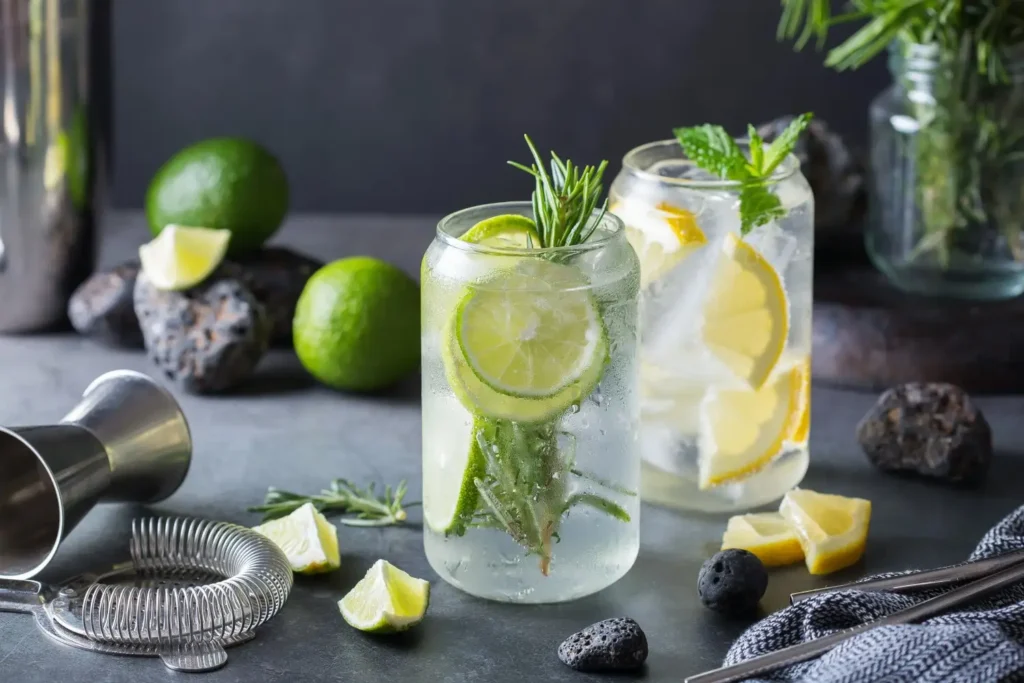 These Gin Cocktails Are the New Language of Celebration
These Gin Cocktails Are the New Language of Celebration -
 Red Wine Drifts Across Taste Buds Like Christmas Magic
Red Wine Drifts Across Taste Buds Like Christmas Magic -
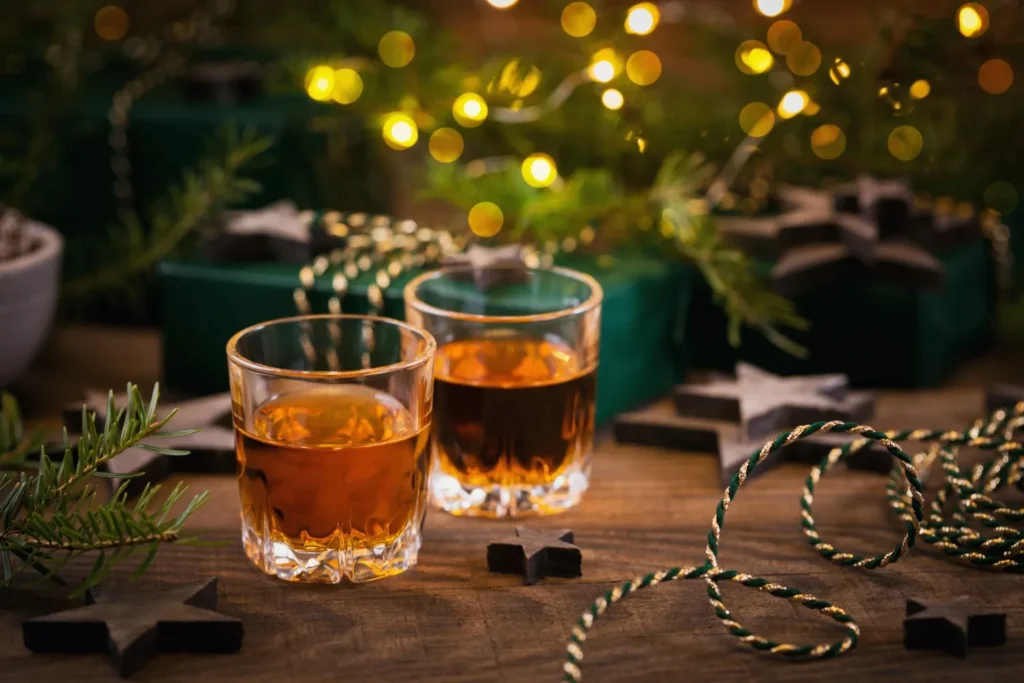 Irish Whiskey Pairings That Spark Christmas Table Gossip
Irish Whiskey Pairings That Spark Christmas Table Gossip -
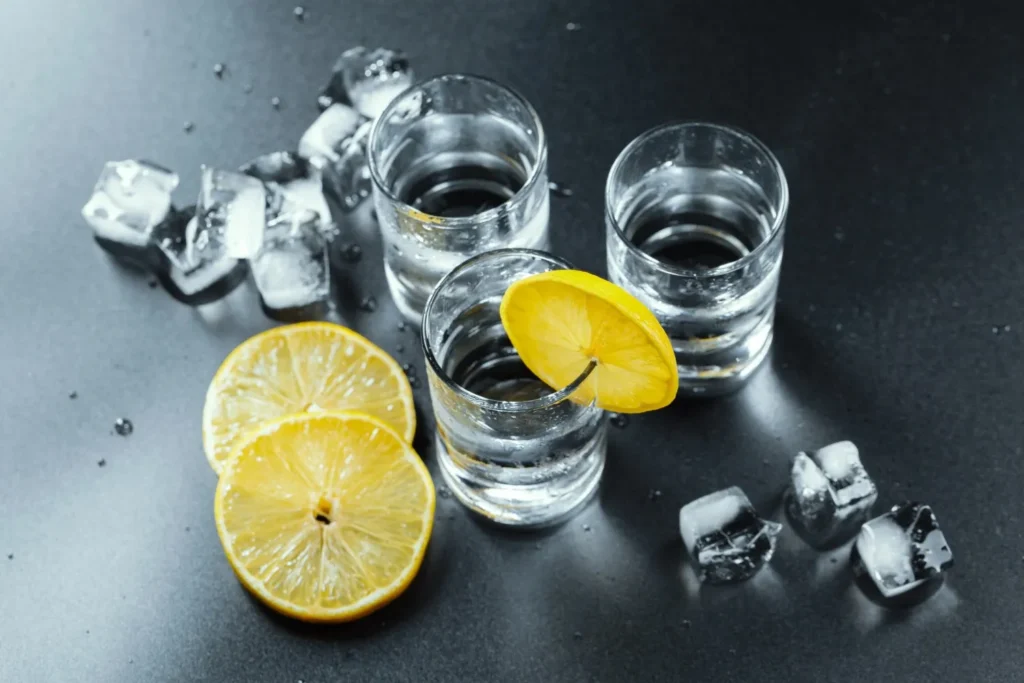 Why Vodka Lovers Will Adore Trying Twists This Christmas
Why Vodka Lovers Will Adore Trying Twists This Christmas -
 How Do Italian White Wine Varieties Differ from French
How Do Italian White Wine Varieties Differ from French -
 How Single Malt Whiskey Became the True Voice of Lands
How Single Malt Whiskey Became the True Voice of Lands
-
 Christmas Cocktails You Can Make at Home
Christmas Cocktails You Can Make at Home -
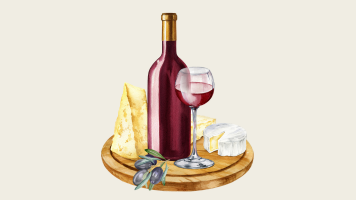 Sound Of Christmas Wine And Cheese?
Sound Of Christmas Wine And Cheese? -
 A Fresh Take on New Year’s Resolutions
A Fresh Take on New Year’s Resolutions -
 The Art of Smelling Wine Like a True Connoisseur
The Art of Smelling Wine Like a True Connoisseur -
 Looking for the Best Wine? Here's Where to Find It!
Looking for the Best Wine? Here's Where to Find It! -
 Read This Before You Buy Your Dad a Whisky.
Read This Before You Buy Your Dad a Whisky. -
 The Art of Pairing Wine with Indian Food
The Art of Pairing Wine with Indian Food -
 Whiskey on the Rocks — Cool Choice or Flavor Mistake?
Whiskey on the Rocks — Cool Choice or Flavor Mistake? -
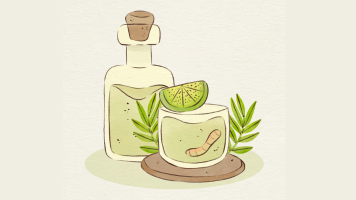 The Ingredients & Botanicals That Define Gin
The Ingredients & Botanicals That Define Gin -
 Seven Days of Love — Wine for Valentine’s Week
Seven Days of Love — Wine for Valentine’s Week
-
 When Calendar Slows and White Wines Fit the New Year Rhythm
When Calendar Slows and White Wines Fit the New Year Rhythm -
 Cozy Comfort of New Year Evenings kept with Aged Scotch
Cozy Comfort of New Year Evenings kept with Aged Scotch -
 Gin Stations Unite Guests for a New Year Bash
Gin Stations Unite Guests for a New Year Bash -
 The Perfect Vodka Toast for Every Minute of Midnight
The Perfect Vodka Toast for Every Minute of Midnight -
 These Gin Cocktails Are the New Language of Celebration
These Gin Cocktails Are the New Language of Celebration -
 Red Wine Drifts Across Taste Buds Like Christmas Magic
Red Wine Drifts Across Taste Buds Like Christmas Magic -
 Irish Whiskey Pairings That Spark Christmas Table Gossip
Irish Whiskey Pairings That Spark Christmas Table Gossip -
 Why Vodka Lovers Will Adore Trying Twists This Christmas
Why Vodka Lovers Will Adore Trying Twists This Christmas -
 How Do Italian White Wine Varieties Differ from French
How Do Italian White Wine Varieties Differ from French -
 How Single Malt Whiskey Became the True Voice of Lands
How Single Malt Whiskey Became the True Voice of Lands

